In today’s digital world, deepfake law is becoming a major topic in legal, social, and tech circles. As deepfake content spreads, many worry about its misuse and the harm it can cause. To address these issues, legal systems are creating and enforcing rules specifically for deepfakes. For example, some regions have introduced the Deepfakes Accountability Act, which aims to hold those who create or share harmful deepfakes responsible for the damage they cause.
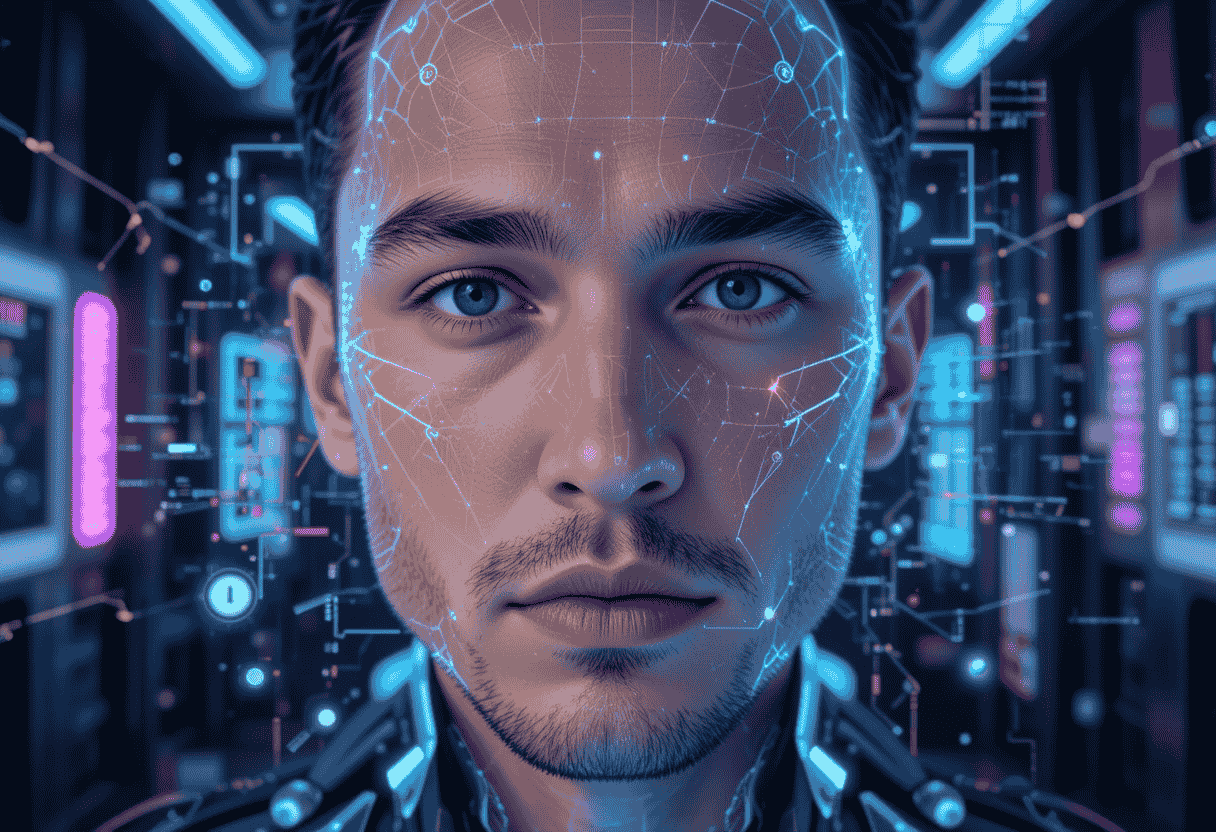
Understanding Deepfake Technology
Before diving into legal considerations, it is important to understand the fundamental question: what is deepfake technology?
basically, deepfake technology uses artificial intelligence (AI) and machine learning algorithms to create hyper realistic, yet entirely fabricated, video or audio content. By consist of existing images or videos onto a source, deepfakes can convincingly real events but that fake and fabricated, making it difficult for viewers to recognize between fact and fiction.
A notable deepfake example is the use of celebrity images to generate untruth full videos that to show them saying or doing things but they never did. That is reason have raised concerns about misinformation, abusive attack on person’s characters , and the manipulation of public opinion. Even , many deepfake sites have emerged that host this type of content, that encourage creative expression to those that spread harmful misinformation.
Deepfake Legislation and Accountability
A big question remains: are deepfakes legal? While the technology itself isn’t against the law, using deepfakes for fraud, defamation, or inciting violence can break existing rules. This unclear area is sparking lively debates among lawmakers and experts, who are trying to balance free speech with the need to protect people from being misled by manipulated content

Global Perspectives on Deepfake Law
United States:
In the U.S., deepfake law is still new stage but is changing fast. Some states have made their own rules, but there is an ongoing debate about creating a single federal law for deepfake legal issues. Conversations about laws against deepfakes are heating up,Talk about deepfake laws has grown even more after big cases like the San Francisco deepfake lawsuit gained national attention. Also, issues like the Taylor Swift deepfake law, which deals with fake celebrity images, show how deepfakes can cause serious problems.
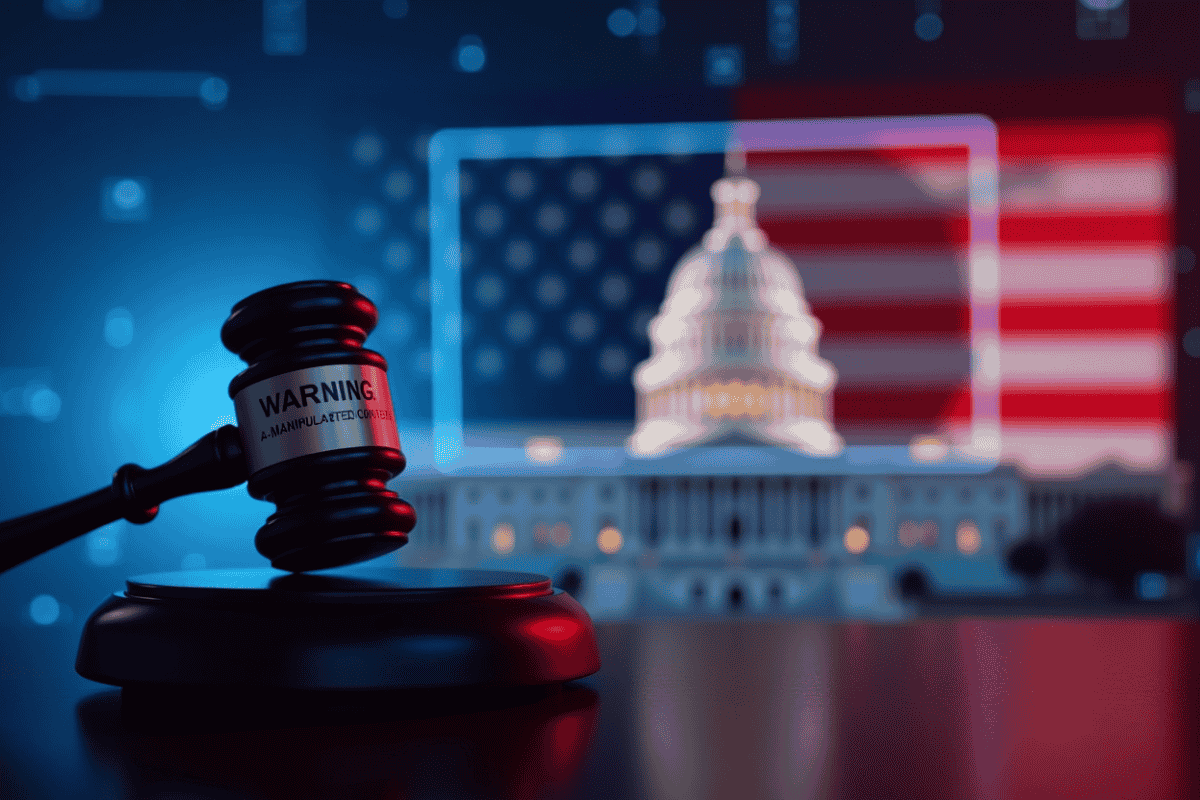
Deepfake law in California
in Sacramento, Governor Gavin Newsom sign and approved three major legislative measures at Sep 19, 2024 aimed at tackling ethical issues related to artificial intelligence while protecting citizens against the misconduct of digital media. These new regulations introduce additional criteria of responsibility for AI developers and social networking services, ensuring that people use technology with responsibly and that Californians are protected from potential harm and abuses.
Texas Deepfake law
Scope of Laws:
Texas has implementations ofmultiple laws to addressing various types of deepfakes crimes, including:
Sexually Explicit Content:
- TX SB 1361:Bars the creation or distribution of deepfake videos that show individuals in sexual situations or reveal intimate parts without permission.
- TX HB 2700:Makes it illegal to view or possess deepfakes depicting minors in sexual contexts.
Political Manipulation:
- TX SB 751:Prohibits producing or sharing deepfake videos designed to harm a political candidate or influence election outcomes.
Penalties:
- Violators involved in creating or distributing sexually explicit deepfakes face charges as a Class A misdemeanor.
- Consequences may include up to one year in jail and fines reaching $4,000.
- Ongoing Efforts:
- The Texas Artificial Intelligence Commission (AIAC) is reviewing the ethical issues related to AI and its legal implications.
- The commission is also examining the potential risks and benefits of various AI applications.
- A detailed report will be provided to the legislature by December 1, 2024.
Illinois Deepfake Law
Illinois has step to control deepfake technology with a series of new laws in 2023 and 2024. These measures aim to restrict the misuse of deepfakes while safeguarding individual rights.
Sexual Deepfakes
- Laws now provide legal helpfor individuals whose images are used in non-consensual sexual deepfakes.
- Regulations clarify that child pornography laws also cover AI-generated images depicting child sexual abuse.
Digital Replicas and Right of Publicity
- New rules protect a person’s digital content as that voice and images.
- Unauthorized use of digital replicas in contracts and media is restricted.
- Amendments to the Illinois Right of Publicity Act prevent the distribution of recordings or videos containing unapproved digital replicas of someone’s voice or appearance.
AI in Employment
- Regulations have been introduced to guide the use of AI in hiring, aiming to curb discriminatory practices.
The DEFIANCE Act
- The Disrupt Explicit Forged Images and Non-Consensual Edits Act of 2024 criminalizes creating, sharing, or possessing deepfake pornography without the consent of the individual shown.
These legislative steps highlight Illinois’s commitment to balancing technological progress with the protection of personal rights.
Europe:
Europe has also started addressing the challenges of deepfake content, with particular emphasis on privacy rights and digital misinformation. The European Union’s approach to ai deepfake law uk and broader ai deepfake law is characterized by strict data protection standards, including provisions under the General Data Protection Regulation (GDPR). These measures serve as the groundwork for developing comprehensive deepfake law across European jurisdictions, ensuring that citizens are protected from the manipulation of digital media.
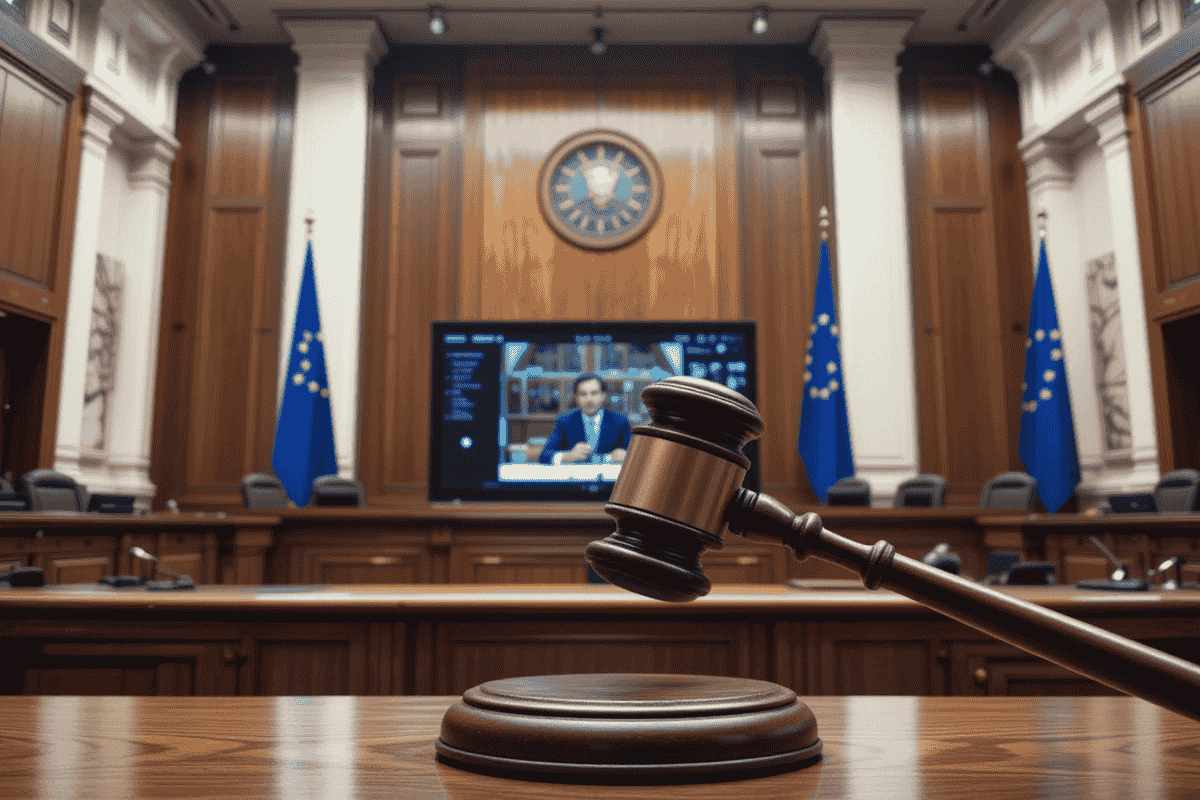
UK Deepfake Legislation
To provide accurate details about deepfake laws in the UK, the information is drawn from official government publications and legal documents. Here’s an organized summary:
Official Government Announcements
- The UK government has issued formal statements outlining plans to criminalize the production of sexually explicit deepfakes.
- These announcements, such as the one titled “Government crackdown on explicit deepfakes – GOV.UK,” are available on the official GOV.UK website and explain the government’s intentions and rationale.
Legislative Documents
- Specific legal reforms can be reviewed in legislative texts like the Crime and Policing Bill and amendments to the Sexual Offences Act 2003.
- Documents like the “Non-Consensual Sexually Explicit Images and Videos (Offences) Bill [HL]” on the UK Parliament website provide detailed information about the proposedlegal changes.
Online Safety Act 2023
- This act plays a crucial role in reinforcing laws against the non-consensual sharing of intimate images, including deepfakes.
- Detailed information about this act is accessible on GOV.UK and within the act itself.
House of Commons Library
- The House of Commons Library offers research briefings and additional documents that help trace the progress of these bills through parliament.
Key Takeaways
- The UK government is actively working to criminalize the creation of sexually explicit deepfakes.
- These efforts are part of a broader initiative to protect individuals from non-consensual intimate image abuse.
- The Online Safety Act 2023 provides a foundationframework for these new measures.
By consulting these authentic sources, you can ensure that your information on deepfake laws in the UK is both accurate and current.
Asia:
Asian countries are not far behind in tackling the challenges associated with deepfakes. Notably, china deepfake law has been a subject of significant discussion, as Chinese regulators work to curb the spread of misleading media that could influence public opinion and incite unrest. Alongside China, other Asian nations are considering their own versions of deepfake law to safeguard their peoples while promoting innovation in digital technologies. ongoing laws in various countries are defined in bellow.
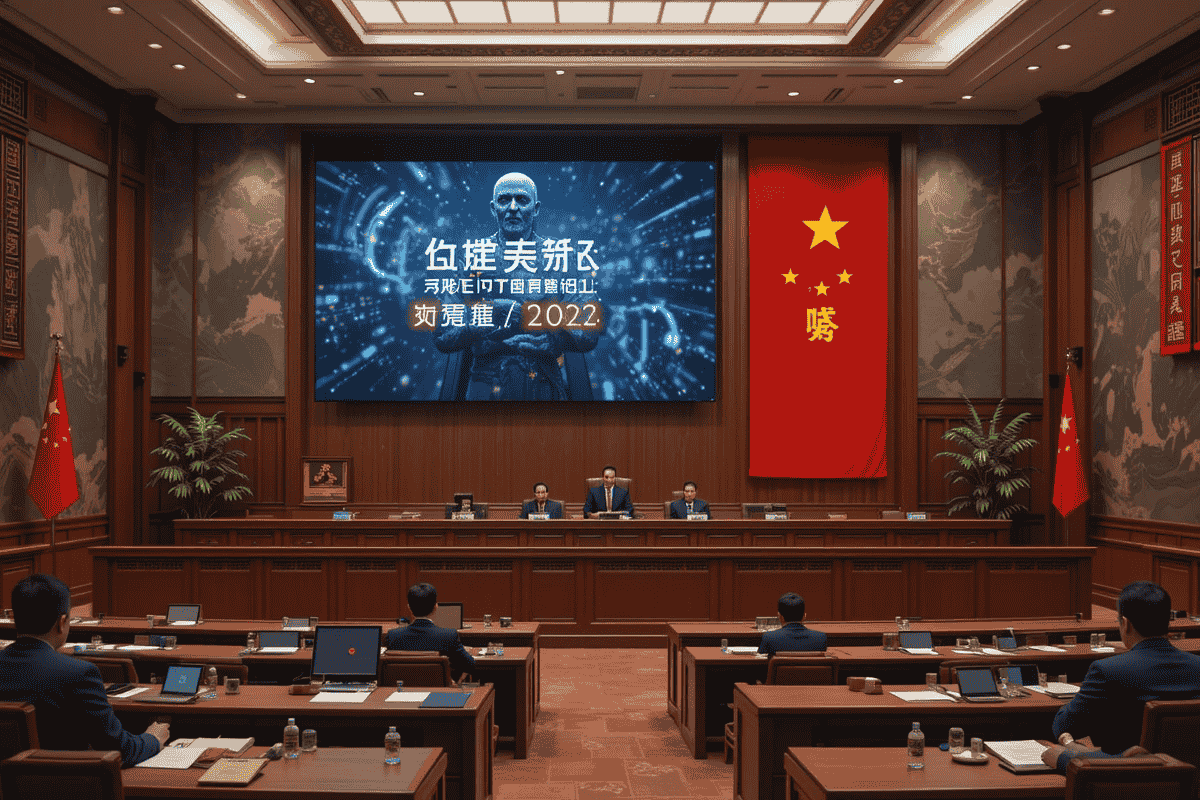
Asian countries are actively updating their laws to address these issues. Here’s an easy-to-understand breakdown:
Key Trends in Deepfake Regulation:
🔹 Targeting Harmful Deepfakes
Governments are focusing on deepfakes used for:
✔ Sexual exploitation (especially deepfake pornography).
✔ Spreading false information.
✔ Fraud and extortion.
✔ Election manipulation.
🔹 Different Legal Approaches
Laws vary across Asia:
✔ Some countries are updating existing laws on defamation, privacy, and cybersecurity.
✔ Others are introducing brand-new legislation specifically targeting deepfakes.
Country-Specific Efforts:
📌 South Korea:
✅ Has taken strong action against deepfake-related sex crimes.
✅ Amended the Act on Special Cases Concerning the Punishment of Sexual Crimes to increase penalties for creating and sharing explicit deepfakes.
✅ Implemented laws to regulate deepfake use in elections.
✅ Research from the East Asia Institute highlights harsher sentences for deepfake offenses.
📌 Singapore:
✅ Actively working to prevent deepfake use in elections.
✅ The Elections (Integrity of Online Advertising) (Amendment) Bill tackles manipulated online content during elections.
✅ The Ministry of Home Affairs has outlined strict rules criminalizing sexually explicit deepfakes.
✅ Official government sources provide further insights.
General Observations:
📌 Deepfake-related crimes are rising in the Asia-Pacific region, pushing governments to act.
📌 Authorities recognize that international cooperation is crucial since deepfake threats can easily cross borders.
Challenges in Regulating Deepfakes:
🚧 AI technology evolves quickly, making it hard to keep laws updated.
🚧 Enforcing laws can be difficult, especially when deepfake content spreads online.
🚧 Striking a balance between protecting people from harmful deepfakes and preserving freedom of expression remains a challenge.
Since this is a fast-changing legal area, new updates and policies continue to emerge.
China Deepfake law:
China has introduced significant rules regarding deepfake technology under the “Administrative Provisions on Deep Synthesis of Internet Information Services.” Here’s a simplified breakdown of the key points:
Main Regulatory Highlights:
🔹 What is “Deep Synthesis”?
The law covers AI-powered methods like deep learning and virtual reality that can create or alter content, including text, images, audio, and video.
🔹 Focus on Content Control
The main goal is to prevent deepfakes from spreading false information, disrupting society, or threatening national security. Authorities have broad power to interpret and enforce these rules.
🔹 Rules for Service Providers
Companies offering deepfake-related services must:
✔ Register and verify users.
✔ Monitor and review content.
✔ Clearly label AI-generated media.
✔ Ensure user data privacy.
🔹 Part of China’s Larger AI Regulation
These deepfake laws are part of a broader effort to regulate AI, including rules for recommendation algorithms and generative AI tools.
🔹 National Security as a Key Concern
China’s government views deepfake technology as a potential risk to national security and social stability, leading to strict enforcement measures.
Sources of Insight:
📌 Cyberspace Administration of China (CAC): The main authority responsible for drafting and implementing these regulations.
📌 Academic Research: Scholars, including those from institutions like Oxford Martin School, have studied the scope and challenges of these laws.
📌 Legal Analysis: Law firms specializing in tech regulations have provided insights into the impact of these rules.
Overall, China’s deepfake regulations reflect a strong emphasis on government oversight and risk prevention, ensuring AI technologies are used responsibly.
Case Studies and Notable Incidents
High-Profile Lawsuits and Legal Precedents
In the U.S., deepfake law is very new but changing fast. Some states already have their own deepfake laws, and there’s a growing talk at the federal level about creating one unified law to handle all deepfake legal issues. Discussions have heated up after high-profile cases like the San Francisco deepfake lawsuit drew national attention. Also, controversies like the Taylor Swift deepfake law—which deals with celebrity impersonation—highlight the wide impact of deepfake misuse.
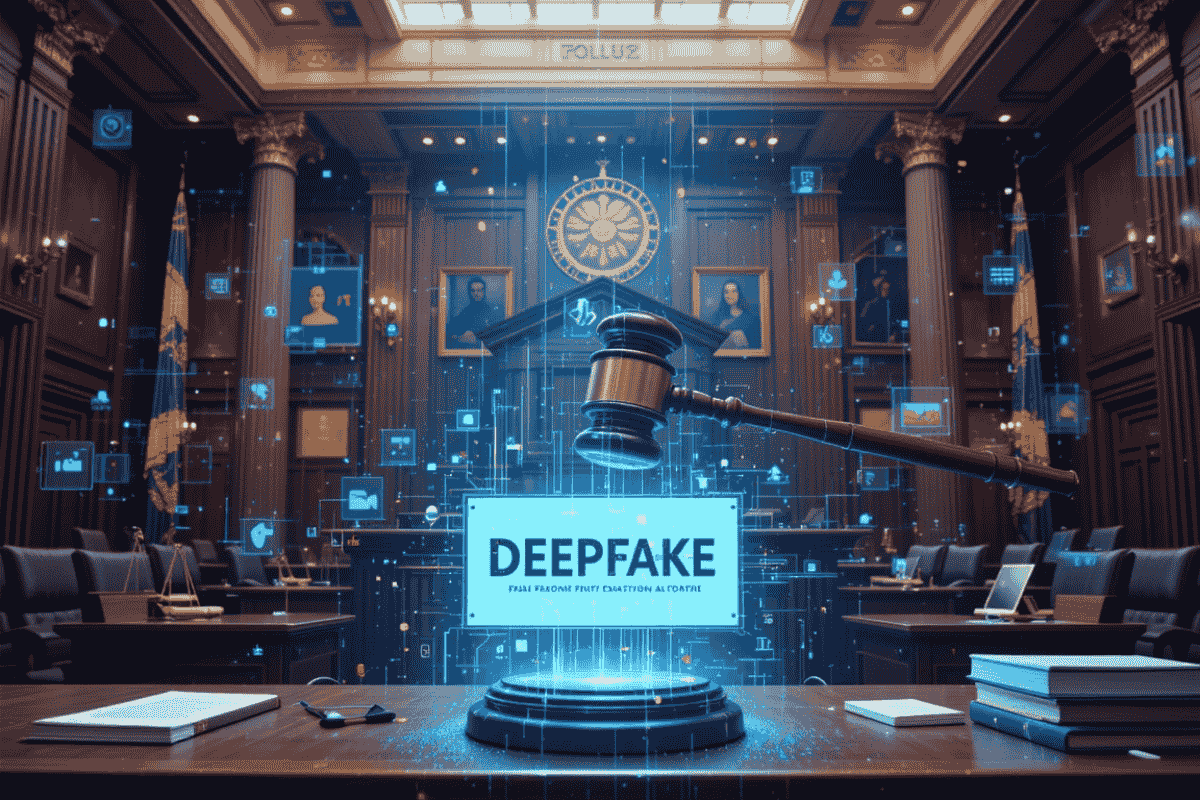
San Francisco Deepfake Lawsuit
The San Francisco City Attorney’s office has initiated a groundbreaking lawsuit against platforms that create and disseminate unauthorized AI-generated “deepfake” explicit imagery. Below is a detailed summary of the situation, based on verified sources:
Key Points:
Target of the Lawsuit:
- The legal action names 16 online platforms that employ AI to produce realistic nude images from user-submitted photos.
- These sites enable individuals to “strip” or “digitize undress” images of people, frequently without obtaining consent.
Legal Grounds:
The suit alleges breaches of both state and federal statutes pertaining to:
- AI-driven deepfake explicit content,
- Revenge pornography,
- Child pornography.
It also asserts violations of California’s Unfair Competition Law.
Concerns and Impacts:
The City Attorney’s office highlights the profound harm inflicted on victims, including:
- Significant emotional and psychological distress,
- Damage to personal reputations,
- Loss of control over one’s own image.
- There is a particular emphasis on the exploitation of minors.
- The growing use of deepfakes in schools and against celebrities has heightened the urgency of this legal intervention.
Objectives:
- The lawsuit aims to shut down the identified websites.
- It also seeks to impose civil penalties on the operators behind these platforms.
Broader Context:
- This legal move reflects escalating concerns about the misuse of AI and the rapid spread of deepfake content.
- It underscores the need for robust legal frameworks to address challenges posed by emerging technologies.
- The case is viewed as a potential precedent-setting action in the legal landscape.
Additional Key Details from the City Attorney’s Office:
- The implicated websites collectively attracted over 200 million visits in the first half of 2024.
- The office has stated that some of these platforms permit the creation of deepfakes involving minors.
- The City Attorney stressed that this is not a matter of technological innovation but rather a form of sexual abuse.
- In summary, this lawsuit represents a significant effort to preventthe damaging effects of AI-generated pornography.
Other notable incidents include cases that have been report the taylor swift deepfake law controversies. Although not an official legal term, these cases highlight how celebrity images and likenesses are exploited in deepfake productions, leading to calls for stricter regulations. Similarly, proposals for an illinois deepfake law have emerged in response to cases where deepfakes have been used to defame or mislead audiences.
Taylor swift deepfake law
The circulation of AI-altered images of Taylor Swift online sparked widespread public indignation and bolstered efforts to introduce laws regulating AI-produced explicit material. Below is a detailed outline of the events and their legal implications, based on credible sources:
Key Events and Reactions:
Dissemination of Deepfakes:
- AI-crafted explicit images of Taylor Swift quickly circulated across various social media channels.
- Their rapid spread underscored the significant risks and potential harm inherent in deepfake technology.
Public and Political Reaction:
- The incident drew sharp criticism from sexual assault advocacy groups, political leaders, and the public.
- The White House expressed serious concern, stressing the importance of social media companies in curbing misinformation.
- Lawmakers have proposed new bills aimed at criminalizing such practices and providing legal recourse for deepfake pornography victims.
Legislative Initiatives:
- The introduction of the “No AI FRAUD Act” aims to establish a federal framework to protect individuals’ likenesses and voices from AI-generated fabrications.
- There is growing momentum for federal laws to address digitally altered explicit images.
- Concurrently, several states are reviewing and updating their existing legislation.
Social Media Platform Measures:
- Platforms such as X have taken steps to remove the deepfake images and mitigate the issue, although concerns persist about the promptness and effectiveness of these actions.
Legal Context:
Absence of Federal Legislation:
- Currently, no comprehensive federal law exists that specifically targets deepfakes.
- This gap results in a mosaic of state laws with varying degrees of scope and enforcement.
State-Level Legislation:
- Some states have enacted laws that address deepfake pornography, yet many have not.
- There is an increasing recognition of the need for more robust legal protections against the creation and spread of deepfakes.
Legislative Impact:
- The high-profile nature of the Taylor Swift deepfake case has significantly boosted the likelihood of federal legislation.
- It has also accelerated the rate at which state governments are developing new legal measures.
In summary, the Taylor Swift deepfake incident has acted as a catalyst, raising awareness and prompting both federal and state efforts to tackle the ethical and legal challenges posed by AI-generated content.
Deepfake Laws in Practice
In the United States, several states have taken stance to control deepfake content. For example, deepfake laws united states have been implemented in various forms at the state level, addressing issues of political manipulation, personal defamation and many harmful misuses. Recent high-profile cases, such as the san francisco deepfake lawsuit, highlight the growing concern among citizens and lawmakers.
Additionally, legal cases like the deepfake lawsuit in San Francisco have gave concerned of the urgent need for clear regulations. These cases often center on the question of deepfake legal issues, such as fake image use and the violation of anyone’s privacy. They also raise broader ethical and legal questions: should deepfakes be illegal?
Legality and Ethical Concerns:
Understanding the legality of deepfakes can be tricky. Many experts say that deepfakes on their own don’t break any laws—it’s the harmful, malicious use that creates problems. For example, while some deepfake sites share content made for entertainment or satire, others spread misinformation or commit fraud. This raises the question: is deepfakes illegal when they violate privacy rights or manipulate elections? Similarly, people often wonder, is it illegal to watch deepfakes? In most places, simply viewing this content isn’t against the law, but creating or distributing harmful deepfakes can lead to serious penalties under laws against deepfakes
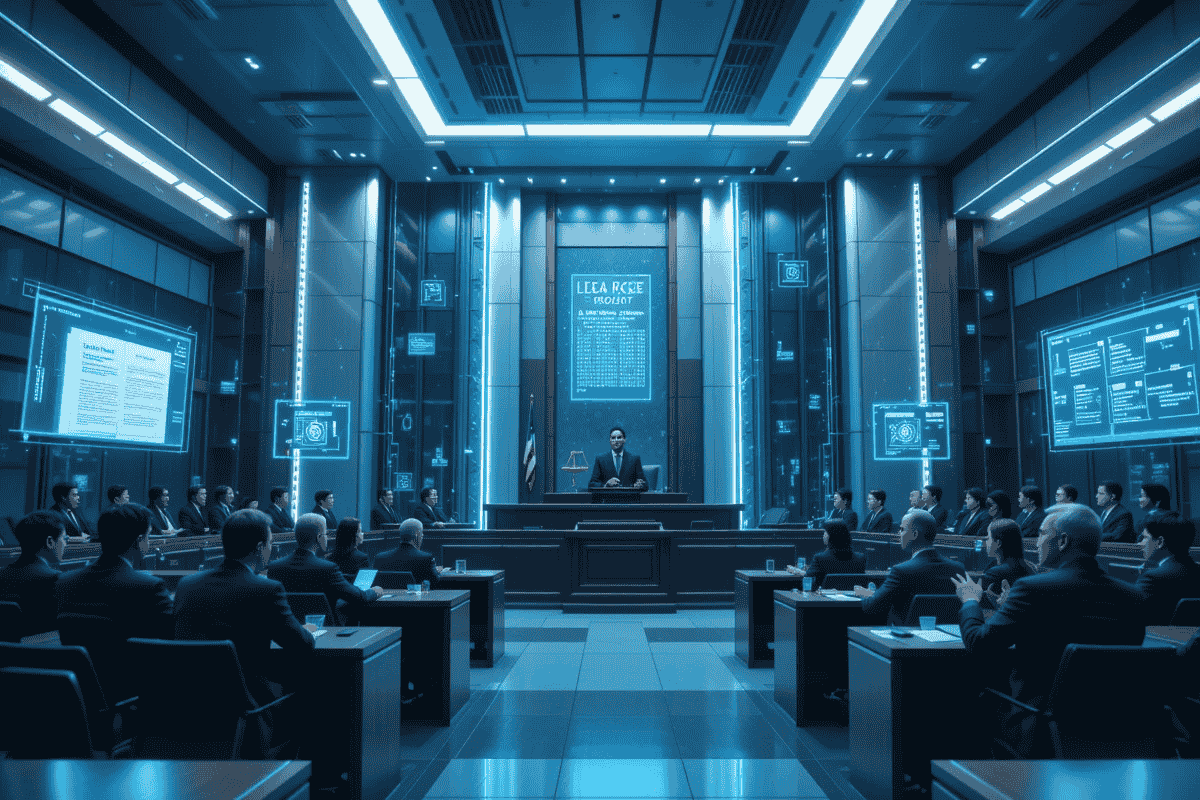
The Role of Technology in Enforcing Deepfake Law
Technology will also play a vital role in the enforcement of deepfake law. Advanced detection tools are being developed to identify manipulated content, thereby assisting legal authorities in investigating and prosecuting cases involving deepfake legal issues. As these tools improve, they could form the backbone of a more responsive legal system that effectively addresses the challenges posed by deepfake technology.
The interplay between technology and regulation is a defining feature of the modern legal landscape. Innovations in AI can simultaneously create new deepfake problems while also offering solutions to enforce deepfake law california, deepfake law texas, and even proposals like ai deepfake law uk and ai deepfake law on a broader scale.
Future Directions and Deepfake Law
The landscape of deepfake law is likely to evolve rapidly in the coming years. As debates continue about deepfake legality, lawmakers feel pressure to revise laws. They need to consider new measures for this issue. Deepfake lawsuits are becoming more common. This shows that current laws can’t keep up with new technology.
Future regulatory efforts may focus on:
- Establishing international standards to address cross-border challenges in deepfake content.
- Creating clearer definitions of what constitutes harmful deepfakes versus artistic or satirical expressions.
- Implementing robust mechanisms to enforce laws against deepfakeswhile safeguarding free expression.
